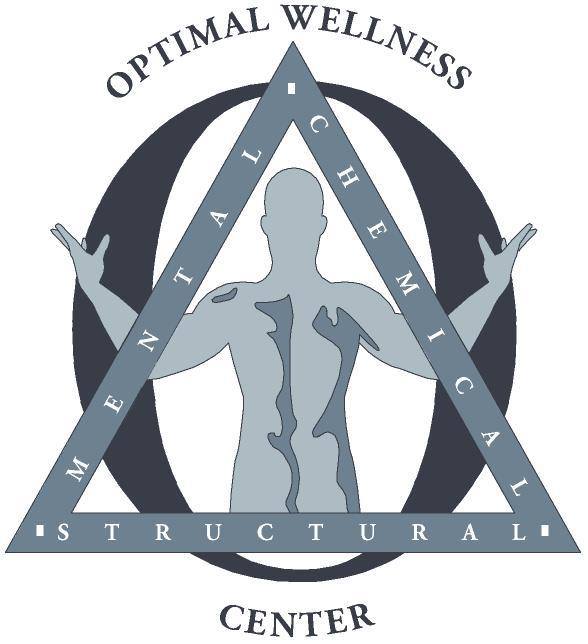Pain After Chiropractic: What to Know
Chiropractic adjustments are a popular treatment for musculoskeletal issues, offering relief for conditions like neck and back pain. However, it's not uncommon to experience discomfort or soreness after a session. Understanding why this occurs and recognizing warning signs can help you determine whether your post-treatment symptoms are normal or require further attention.
Common Causes of Pain After Chiropractic Adjustment
Muscle and Joint Realignment
Adjustments can strain muscles and joints, leading to temporary soreness, similar to post-exercise discomfort.Inflammatory Response
The body might respond to realignment with mild inflammation, causing aches or stiffness in treated areas.Toxin Release
Adjustments can release toxins trapped in tense muscles, contributing to temporary discomfort.
Expected Reactions After a Chiropractic Session
Sore Neck or Back
It's normal to experience mild neck or back pain after chiropractic care, especially following neck adjustments.Stiffness
Tight muscles around treated areas may feel stiff as your body adjusts.
These symptoms typically resolve within 24–48 hours. Applying ice packs and staying hydrated can help alleviate discomfort.
Warning Signs After a Chiropractic Adjustment
While most reactions are mild, some symptoms may indicate the need for medical attention:
Severe Pain After Chiropractic Adjustment
Persistent or intense pain, especially nerve pain, is unusual and should be discussed with your chiropractor.Worsening Symptoms
If neck pain worsens three days after the adjustment, consult your provider.Neurological Symptoms
Tingling, numbness, or weakness may point to nerve irritation or injury.Severe Back Pain
Extreme discomfort in the lower back could signal a complication.
How to Relieve Pain After Chiropractic Adjustment
Ice or Heat Therapy
Use ice to reduce inflammation and heat to soothe muscles.
Gentle Stretches
Light stretches can improve circulation and relieve muscle tension.
Stay Active
Avoid prolonged sitting; regular movement supports spinal recovery.
Posture Awareness
Maintain proper posture to reduce strain on realigned areas.
Communicate with Your Chiropractor
Report persistent symptoms for evaluation and adjustments to your care plan.
When to Seek Medical Attention
If you experience severe pain, nerve-related symptoms, or signs of a vascular issue, such as dizziness or visual disturbances, seek immediate medical care.
Conclusion
While mild pain after chiropractic adjustments is common, understanding what's normal and identifying warning signs is crucial for your safety. By staying informed and communicating openly with your chiropractor, you can maximize the benefits of your treatment and address any concerns promptly.
